gollum
Gold Member
- Joined
- Jan 2, 2006
- Messages
- 6,770
- Reaction score
- 7,738
- Golden Thread
- 0
- Location
- Arizona Vagrant
- Detector(s) used
- Minelab SD2200D (Modded)/ Whites GMT 24k / Fisher FX-3 / Fisher Gold Bug II / Fisher Gemini / Schiebel MIMID / Falcon MD-20
- Primary Interest:
- All Treasure Hunting
- #2,361
Thread Owner
Kemmy,
We are like school on Saturdays................................NO CLASS! HAHAHA
SH,
I calls 'em likes I sees 'em!
Best-Mike
We are like school on Saturdays................................NO CLASS! HAHAHA
SH,
I calls 'em likes I sees 'em!
Best-Mike



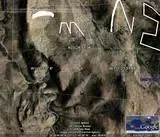
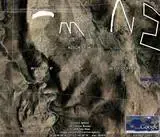


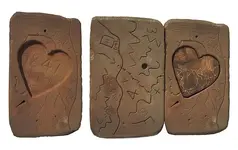
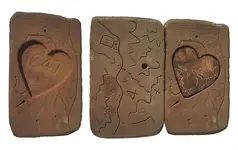

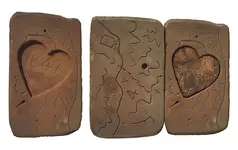
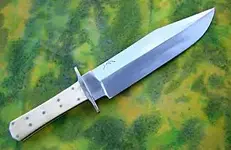
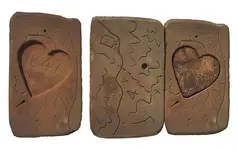

![Bowie Knife, D Guard [Desktop Resolution].webp](/data/attachments/414/414459-6254bd87e4586ac5eed50d36fff77f81.jpg?hash=eWQw46xCf0)

